SSO Spotlight - Singapore
19 Nov 2019 Case study SSO SpotlightThe Singapore National Stroke Association (SNSA), established in 1996, is the country’s only national level membership stroke support organization (SSO).
The Singapore National Stroke Association (SNSA), established in 1996, is the country’s only national level membership stroke support organization (SSO).
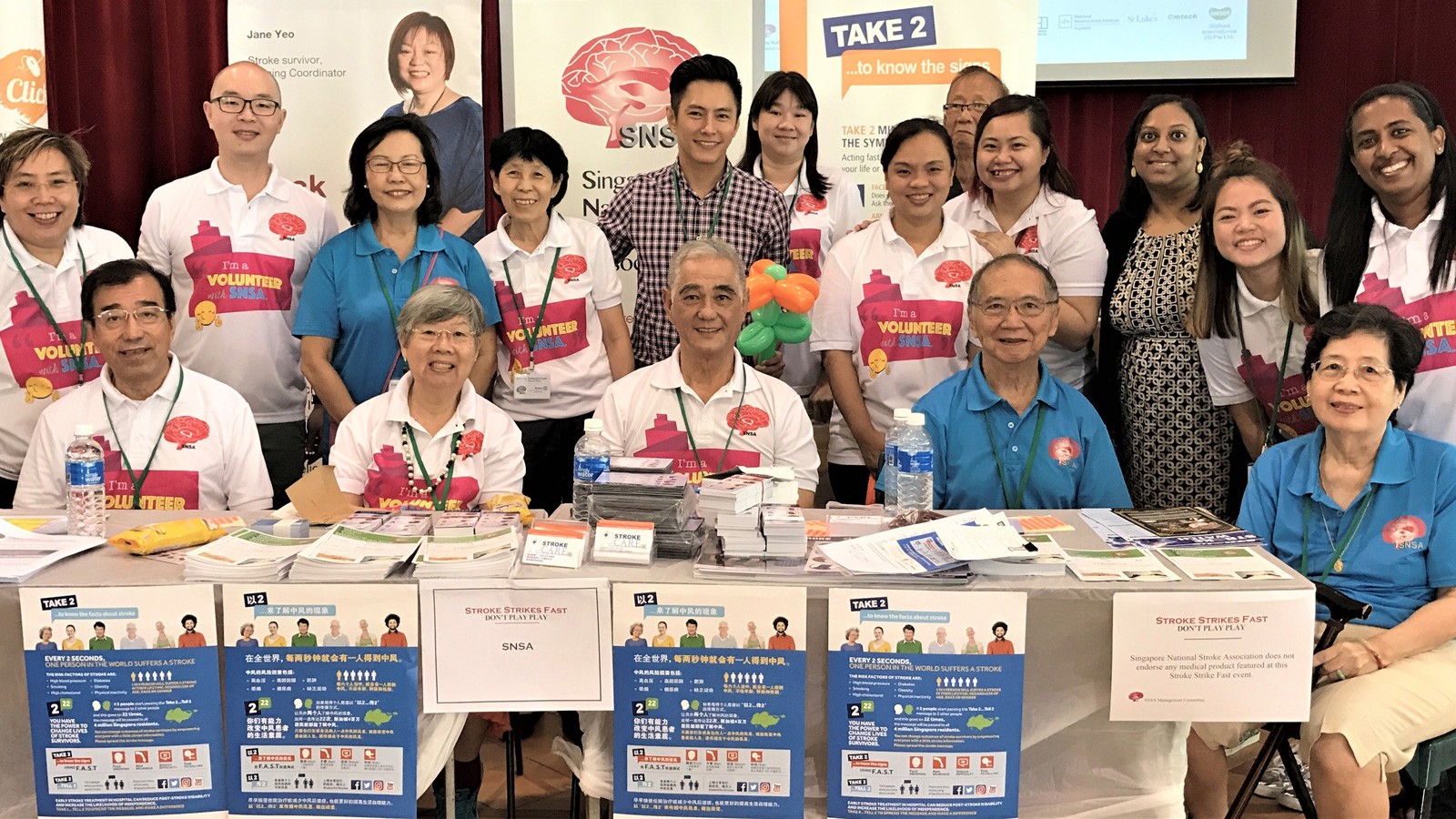
It offers support and information to stroke survivors and caregivers, and aims to raise public awareness of stroke. For the past two decades the SNSA has developed programs to equip stroke survivors and caregivers with knowledge, life skills and opportunities for socialization and reintegration. It has ongoing public education and advocacy initiatives.
Stroke is Singapore’s fourth leading cause of death, comprising 6.8% of all deaths1 and the seventh leading cause of adult disability, accounting for 4.2% of years of life lost due to disability.2 The incidence is 1.8/1000 person-years3 but is declining4 and prevalence is 3.65% among adults aged above 50 years.5 The mean age of stroke is 65 years,6 and with Singapore’s rapidly ageing population, the burden of stroke is expected to rise.
Awareness and information Awareness of stroke risk factors and symptoms in Singapore is poor, with 40–50% of residents able to identify a stroke symptom, stroke risk factor, or the number to call for an ambulance.7 To improve stroke awareness, the SNSA organizes public forums and exhibitions, sets up educational booths at health fairs and gives public talks. The SNSA produces stroke collateral such as bookmarks and has educational resources for stroke survivors and families, including locally produced books and leaflets.
The SNSA website contains stroke information, tips on coping and living with stroke, community resources, and stories by survivors, family and caregivers.
SNSA has also initiated an online one-stop portal http://www.strokecare.sg/ for stroke survivors, caregivers, and healthcare workers in Singapore, supported by the Tote Board-Enabling Lives Initiative Grant.
Rehabilitation and recovery Stroke recovery can be a slow process and up to 60% of stroke survivors have some residual disability. Rehabilitation and long term support should involve assisting stroke survivors to adapt and cope with these residual deficits. Participation in rehabilitation and keeping active is known to improve outcomes following a stroke. There are many long-term complications associated with a stroke, including depression, contractures and a second stroke. These can be reduced by taking medications as prescribed, having a healthy diet and exercising regularly.8
The SNSA delivers activities which respond to these needs. The befriending service involves trained volunteers visiting stroke patients; offering encouragement and advice. Stroke club meetings serve as a platform for stroke survivors and caregivers to learn more about stroke from healthcare professionals, and to share experiences. Stroke support groups enable stroke survivors and caregivers to meet monthly to share and discuss issues.
The LIFE after stroke program incorporates ‘Learn, Interact, Flourish and Engage’ components through educational talks, peer sharing, group activities and exercise which are supervised by therapists. SNSA’s selfmanagement program is run as a course seeking to empower stroke patients and caregivers with skills and knowledge.
Obtaining funding, member recruitment, volunteer retention, and leadership renewal are on-going challenges.
SNSA will continue to strive for the betterment of stroke survivors, their caregivers, and the public. SNSA also plans to build collaborative partnerships with local enterprises, organisations and educational institutions to create opportunities for these partners to positively impact the stroke community through SNSA.
For more information, visit: www.snsa.org.sg or Email: contact@snsa.org.sg
This content was originally published in the article Venketasubramanian N, Yin A, Lee LB, De Silva DA. Two decades of nation-wide community-based stroke support – The Singapore National Stroke Association. International Journal of Stroke. 2017; Vol.12(3): 297–301.
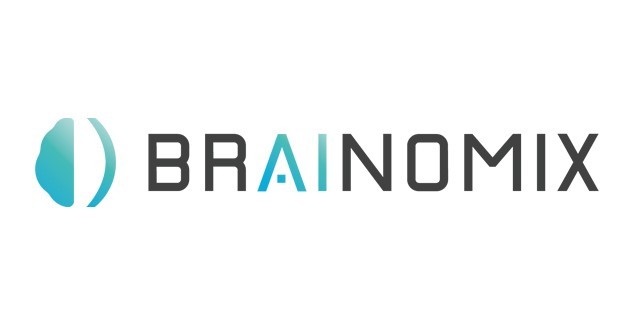 Corporate Supporters
Corporate Supporters
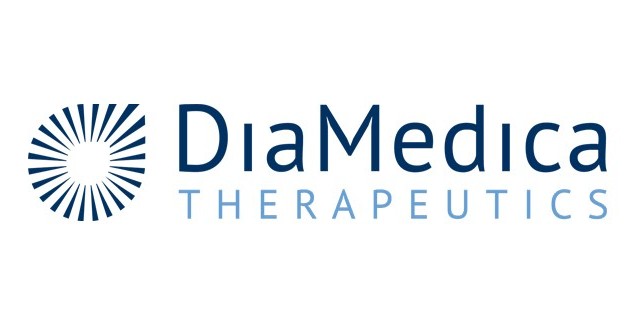 Corporate Supporters
Corporate Supporters
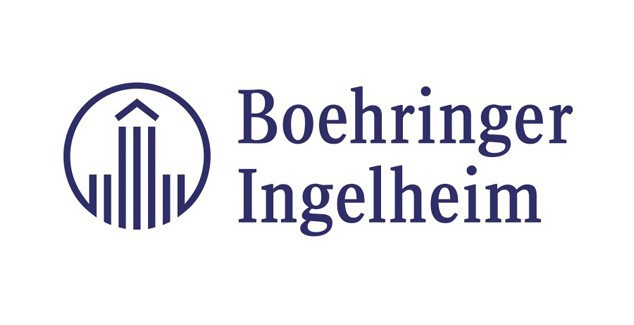 Platinum Plus
Platinum Plus
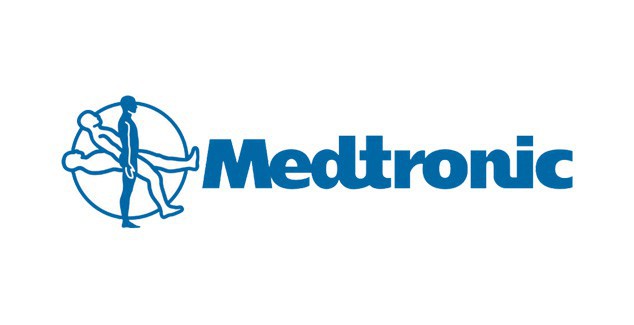 Platinum Plus
Platinum Plus
 Bronze
Bronze
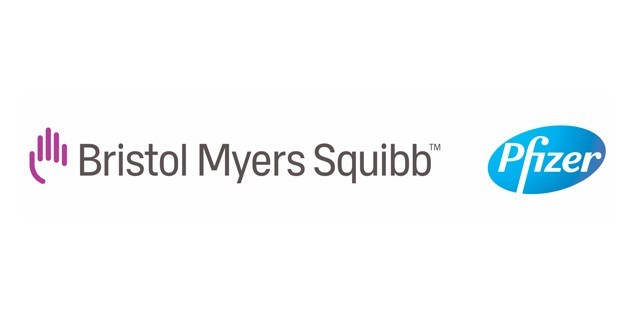 Silver
Silver
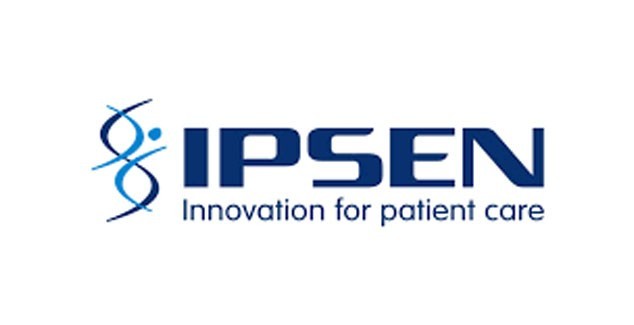 Gold
Gold
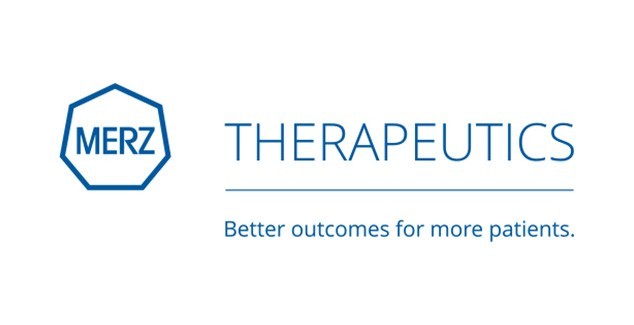 Silver
Silver
 Silver
Silver
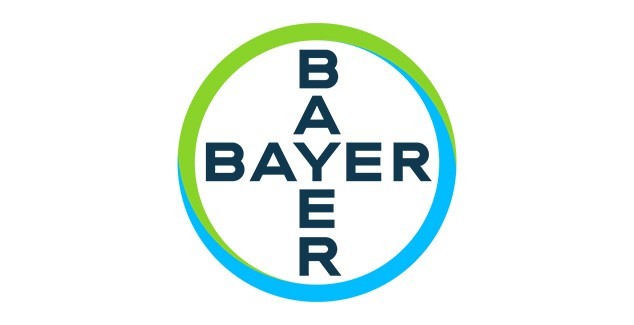 Bronze
Bronze
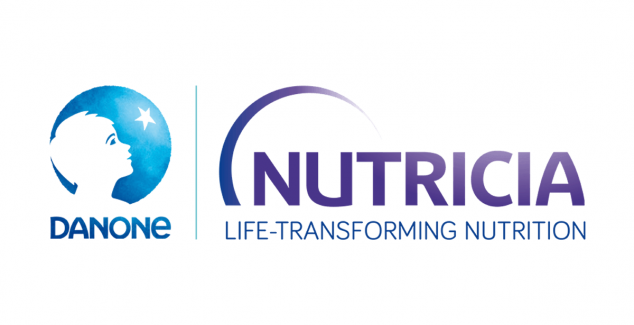 Bronze
Bronze
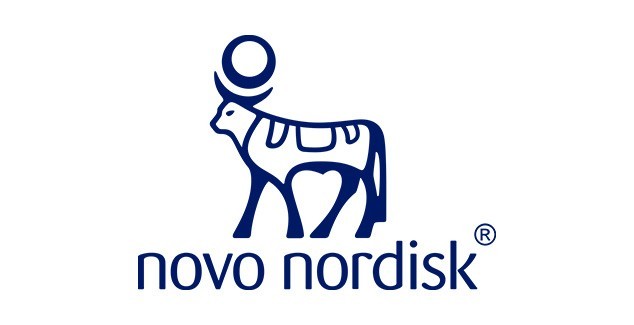 Bronze
Bronze
 Bronze
Bronze
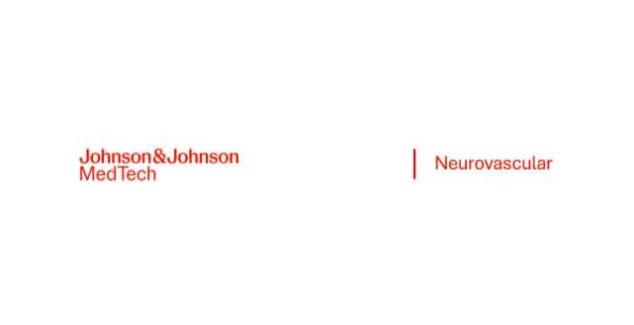 Silver
Silver